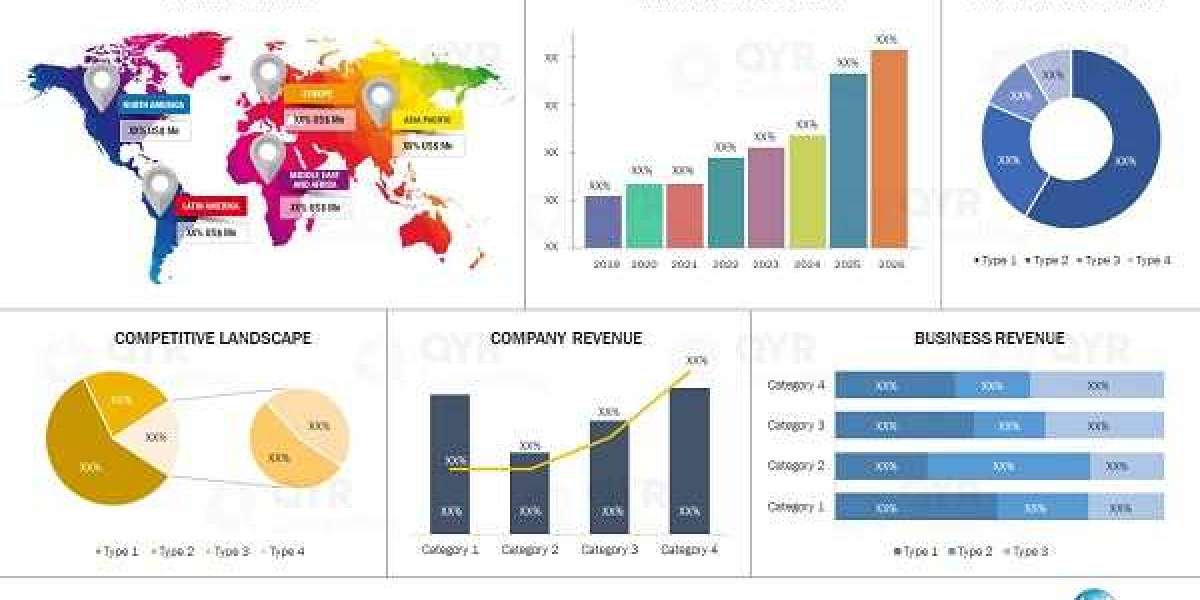What Are the New Trends in Printed Circuit Board Design?
Understanding the New Trends in Printed Circuit Board Design
The field of printed circuit board (PCB) design is rapidly evolving, encompassing everything from layout intricacies to the final production stage. As technology advances, so do the methods used in PCB design, with innovations like the introduction of multi-layer boards and the incorporation of various modern materials. This evolution emphasizes the crucial role of PCB assembly services and the need to stay updated with these cutting-edge trends. A notable shift includes the integration of automation in PCB design processes, which significantly enhances efficiency and reduces the likelihood of errors. Furthermore, using advanced PCB manufacturing techniques allows for more compact and reliable products.Get more news about Circuit Board Design,you can vist our website!
Keeping abreast of PCB design trends is vital for companies seeking to maintain or grow their market share. Those unwilling to adapt may experience a decline in their competitive standing. Indeed, research and industry analyses, such as those from IPC, underscore the importance of integrating modern design techniques to remain relevant. Incorporating innovative approaches and technologies ensures that companies can keep pace with the rigorous demands of the electronics market, providing a strategic advantage in both production capabilities and long-term sustainability.
Key Drivers of Change in PCB Design
Technological advancements are profoundly reshaping PCB design, particularly with the rise of IoT devices and high-frequency applications. The Internet of Things (IoT) demands PCBs that can accommodate diverse and complex functionalities while maintaining reliability and performance. The integration of cutting-edge technologies such as AI and machine learning into PCB assembly further enhances the precision and efficiency of PCB manufacturing and assembly, facilitating the production of boards that meet the rigorous demands of modern electronics. Additionally, advancements like high-frequency PCBs are crucial for new-age communication technologies including 5G, enabling unprecedented data transfer rates and connectivity.
The growing market demand for compact and efficient PCB designs mirrors the broader trend towards miniaturized electronics. As consumer electronics increase in sophistication and decrease in size, the necessity for intricate and space-saving PCBs becomes evident. This shift has fueled the demand for high-density interconnect (HDI) boards that accommodate more components within smaller areas, ensuring robust performance despite limited space. PCB designers are continually innovating to compress functionality into reduced footprints, a necessity driven by the proliferation of devices like smartphones, tablets, and smartwatches. This trend is closely tied to enhanced PCB design techniques and the consistent push for miniaturization, reinforcing the vital role of pcb circuit board manufacturers in developing increasingly compact and efficient PCBs.
Emerging Trends in Printed Circuit Board Design
The trend towards miniaturization and high-density interconnects (HDI) is becoming increasingly crucial in printed circuit board design. Today's electronic devices, especially wearables and mobile technology, demand more functionality in limited spaces. The integration of more components within these compact areas enables enhanced features and improved performance, meeting the growing needs of industries like wearable technology and communications.
Flexible and rigid-flex PCBs are revolutionizing design versatility across various sectors. Such designs are prevalent in automotive electronics and medical devices, supporting the development of products that require flexibility and resilience. These PCBs allow circuit designers to overcome constraints associated with traditional rigid boards, promoting innovative and adaptable solutions tailored to unique specifications.
Sustainability and eco-friendly practices in PCB manufacturing are also gaining traction. Manufacturers are increasingly adopting green materials and eco-conscious production processes to minimize environmental impact. This shift is in response to global trends and regulatory requirements aimed at reducing carbon footprints and electronic waste. PCB manufacturers are exploring biodegradable materials and recycling strategies, which align with environmental goals and elevate the industry's sustainability standards.











